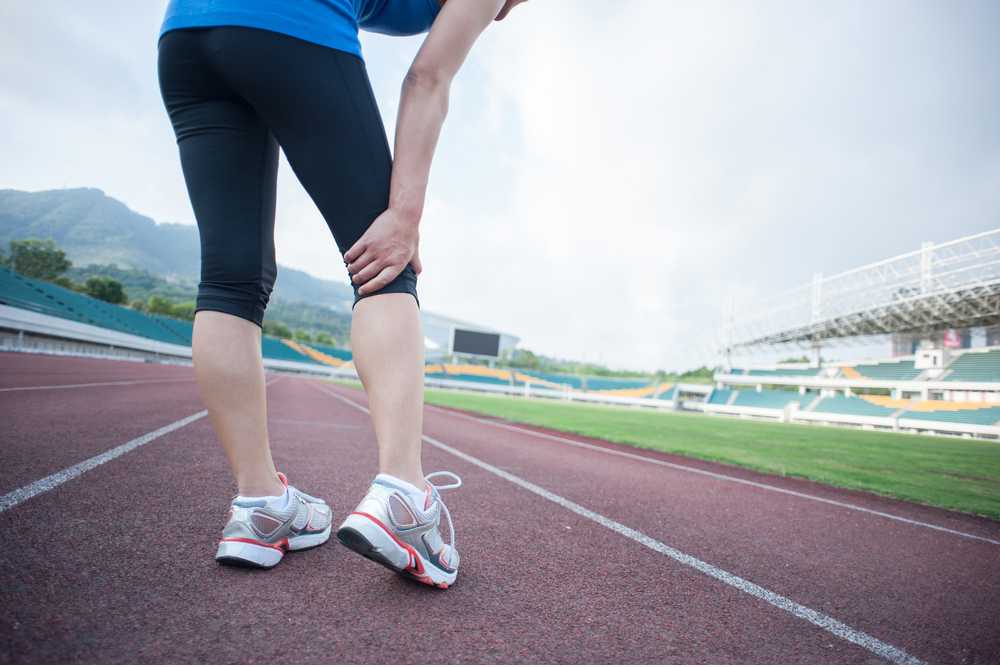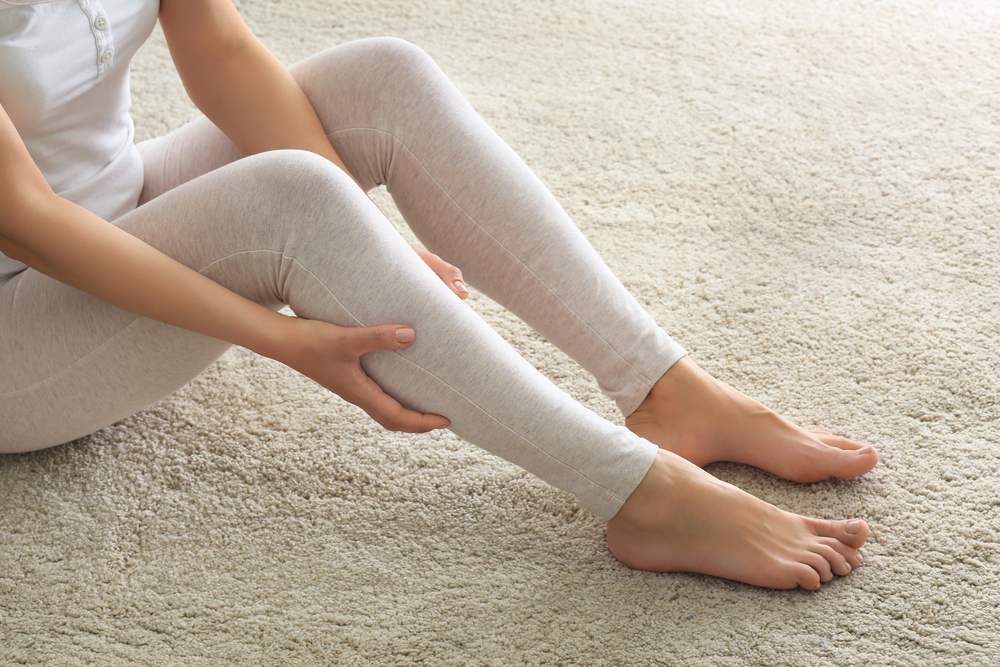If you have been in a car accident and experienced muscle spasms as a result, you may be worried about when they will stop, how long they will last, and what signs to look out for that might indicate you are at risk for secondary injuries. Depending on the accident and your specific case, it’s possible that you could develop spasms. These muscle contractions can either be voluntary or involuntary. Involuntary ones are known as ‘spasms’ and can happen due to stress or strain placed on the muscles from an accident or some other physical activity. These spasms can also occur if the muscles are not adequately warmed up before working out. There are different types of muscle spasms, but they all cause sudden contractions of a single muscle group that usually cannot be stopped once they start. What follows is an explanation of what these spasms mean and what to do if you experience them following a car accident.
What To Do If You Have Muscle Spasms Following a Car Accident
If you experience spasms following a car accident, you should seek medical attention from a car accident doctor. However, there are some things that you can do at home to help you manage the discomfort. Ice therapy is one of the most effective ways to treat and prevent muscle spasms following an accident. You can use ice therapy to treat spasms by wrapping a bag of frozen vegetables in a towel and placing it against the spasm for 20 minutes at a time. Be sure to replace the ice as it melts, and you should do this as often as possible to get the best results. Over-the-counter medications such as antispasmodics and muscle relaxants can be used to treat spasms. You should always follow the directions given by your doctor for these medications.
Tips for Managing Car Accident-Related Muscle Spasms
Rest
The first rule to follow when experiencing muscle spasms following an accident is to rest. A serious injury often follows a car accident and will cause pain. You can’t control muscle spasms, but you can control how you respond to them. You need to rest when you experience muscle spasms to let your body heal.
Hydrate
Along with getting rest, you should also make sure to hydrate properly. Muscle spasms can cause dehydration. When you’re dehydrated, your muscles will contract and cramp up even more than they already do when you’re dehydrated. Dehydration can also lead to headaches and dizziness.
Exercise
You might not think that you should exercise when experiencing muscle spasms, but that isn’t always the case. If you exercise while experiencing spasms, you’re helping to ease the cramping and spasms. It’s also a great way to speed up your recovery.
Types of Muscle Spasms

Voluntary Muscle Spasms
These are muscle spasms that are caused by extreme fatigue from overworking a muscle or muscle group. These spasms can be so painful that you will have a hard time working on the affected muscles. These spasms often affect your abdominal muscles and the lower back. These spasms usually occur because you have been engaging in too many activities. You should rest your affected areas to reduce the chance of experiencing these spasms.
Involuntary Muscle Spasms
These are muscle spasms that occur as a result of some sort of trauma, such as a fall or even a car accident. These spasms occur in the muscles that are adjacent to the area that has been injured. These spasms are often accompanied by pain and stiffness. You should see your doctor as soon as possible if you experience any form of spasms following an accident or injury.
Knee and Ankle Spasms
If you experience knee or ankle spasms following a car accident, you may be worried that you have injured your knee or ankle more seriously. However, these spasms are quite common following an accident, and they are often nothing to worry about. These spasms can be caused by the muscles tightening up in response to the force of the accident, which can result in pain and spasms in the knees and ankles. Knee and ankle spasms can be treated at home by applying ice or a cloth soaked in cold water to the area for 20 minutes at a time and then elevating the leg above the level of the heart for 20 minutes at a time.
Calf and Hip Spasms
Calf and hip spasms are more serious and can be signs of an injured muscle. Again, these spasms can be caused by the muscles tightening up in response to the force of the accident, which can result in pain and spasms in the calves and hips. Calf and hip spasms can be treated at home by applying ice or a cloth soaked in cold water to the area for 20 minutes at a time and then elevating the leg above the level of the heart for 20 minutes at a time.
Shoulder Blade and Back Spasms
If you experience shoulder blade and back spasms, you may be worried about a more serious injury. However, these spasms are also quite common following an accident and are generally nothing to worry about. These spasms can be caused by the muscles tightening up in response to the force of the accident, which can result in pain and spasms in the shoulder blades and lower back. Shoulder blade and back spasms can be treated at home by applying ice or a cloth soaked in cold water to the area for 20 minutes at a time and then elevating the head and shoulders above the level of the heart for 20 minutes at a time.
Seek Medical Help
Remember that muscle spasms are generally nothing to worry about and are often caused by the muscles tightening up in response to the force of the accident. If the spasms continue after a few days, begin to cause significant pain, or are accompanied by swelling or tingling in the affected area, you should seek medical attention. Contact Affordable Chiropractic if you’ve been in a car accident by booking an appointment with us today.

